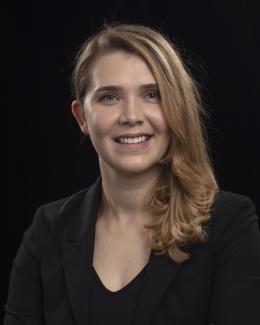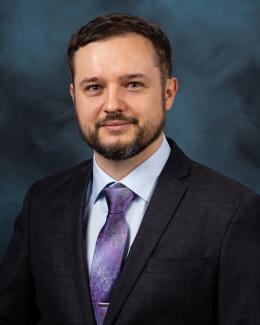Abstract
Preorganized ligands with imidazolium arms have been found to be highly selective in extracting Am(III) into ionic liquids (ILs), but the detailed structure and mechanism of the complexation process in the ionic solvation environment are unclear. Here, we carry out molecular dynamics simulation of the complexation of Am(III) with a preorganized 1,10-phenanthroline-2,9-dicarboxamide complexant (L) functionalized with alkyl chains and imidazolium cations in the butylmethylimidazolium bistriflimide ([BMIM][NTf2]) IL. Both Am:L (1:1) and Am:L2 (1:2) complexes are examined. In the absence of the ligand, Am(III) is found to be coordinated by six NTf2 anions via nine O donors in the first solvation shell. In the Am:L complex, Am(III) is coordinated to the ligand via two O donors and four NTf2 anions via seven O donors in the first coordination shell. In the Am:L2 complex, Am(III) is coordinated to the two ligands via four O donors and four NTf2 anions via five O donors. The imidazolium arms of the ligands play an important role in the secondary solvation environment by attracting NTf2 anions closer to the metal center. As a result, we find that the binding free energy for the second L2+ ligand is twice that for the first L2+ ligand, making the Am:L2 complex significantly more stable than the Am:L complex. This work highlights the multiple factors and tunability in using preorganized ligands with charged functional groups in an ionic solvation environment, which could hold the key to achieving desired selectivity in ion extraction efficiency.




